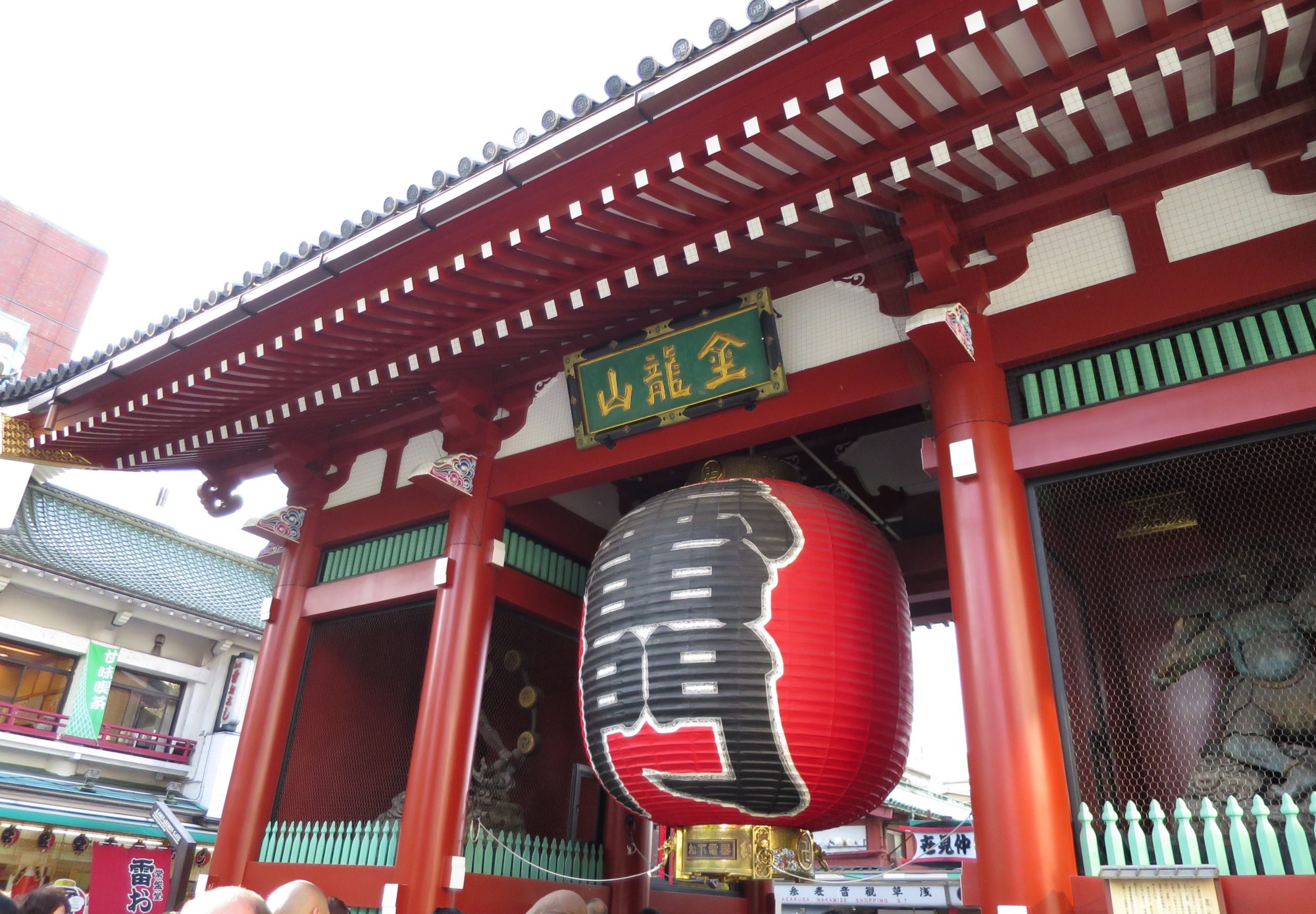When visiting Japan, navigating cultural norms around tipping can be a bit of a puzzle for many travelers. Here’s a clear guide to help you understand tipping etiquette in the Land of the Rising Sun.
Tipping is Not Common, but Appreciation is Valued
In Japan, tipping is not a customary practice in most situations. Unlike in many Western countries where tipping is expected for services like dining or taxi rides, Japanese culture places a strong emphasis on providing excellent service as part of the job, without the need for extra monetary reward.
Restaurant Staff and Tipping
If you find yourself dining in a restaurant in Japan, you’ll notice that tipping is generally not expected nor required. In fact, if you leave a tip at a restaurant, it’s quite likely that the staff will politely refuse it. This is because they do not have a rule to share that money with all staffs. All restaurant staffs are doing teamwork. They think all staffs are working evenly in the restaurant, including waiters and cooking staffs. So they think only one person takes it into their pocket is unfair. If you try to tip them, they may feel awkward for this reason. This does not mean tipping is rude nor insulting them.
Tipping in Other Situations
While restaurant staff may decline tips, there are situations where tipping can be appreciated. For instance:
- Hotel Porters: If a porter helps you with your luggage, a small tip (around 500 to 1000 yen) is usually accepted and appreciated.
- Taxi Drivers: While not common, rounding up the fare or leaving a small tip can be a gesture of appreciation for good service.
- Tour Guides and Other Service Providers: Tips for tour guides, especially for private tours, are not expected but are warmly received as a token of appreciation for their expertise and hospitality.
Cultural Understanding of Tipping
In Japanese culture, the emphasis is on mutual respect and exceptional service as part of the job. Tipping may sometimes be viewed as confusing or even awkward because it deviates from this cultural norm. However, if you do choose to tip in situations where it’s not expected, such as for exceptional service beyond the usual scope, it is generally appreciated by the recipient.
Conclusion: Respectful Gestures in Japan
While tipping may not be a part of everyday life in Japan, showing appreciation for good service through polite words or a simple thank you goes a long way. Understanding these nuances of Japanese culture can enhance your travel experience, allowing you to navigate interactions with ease and respect.
